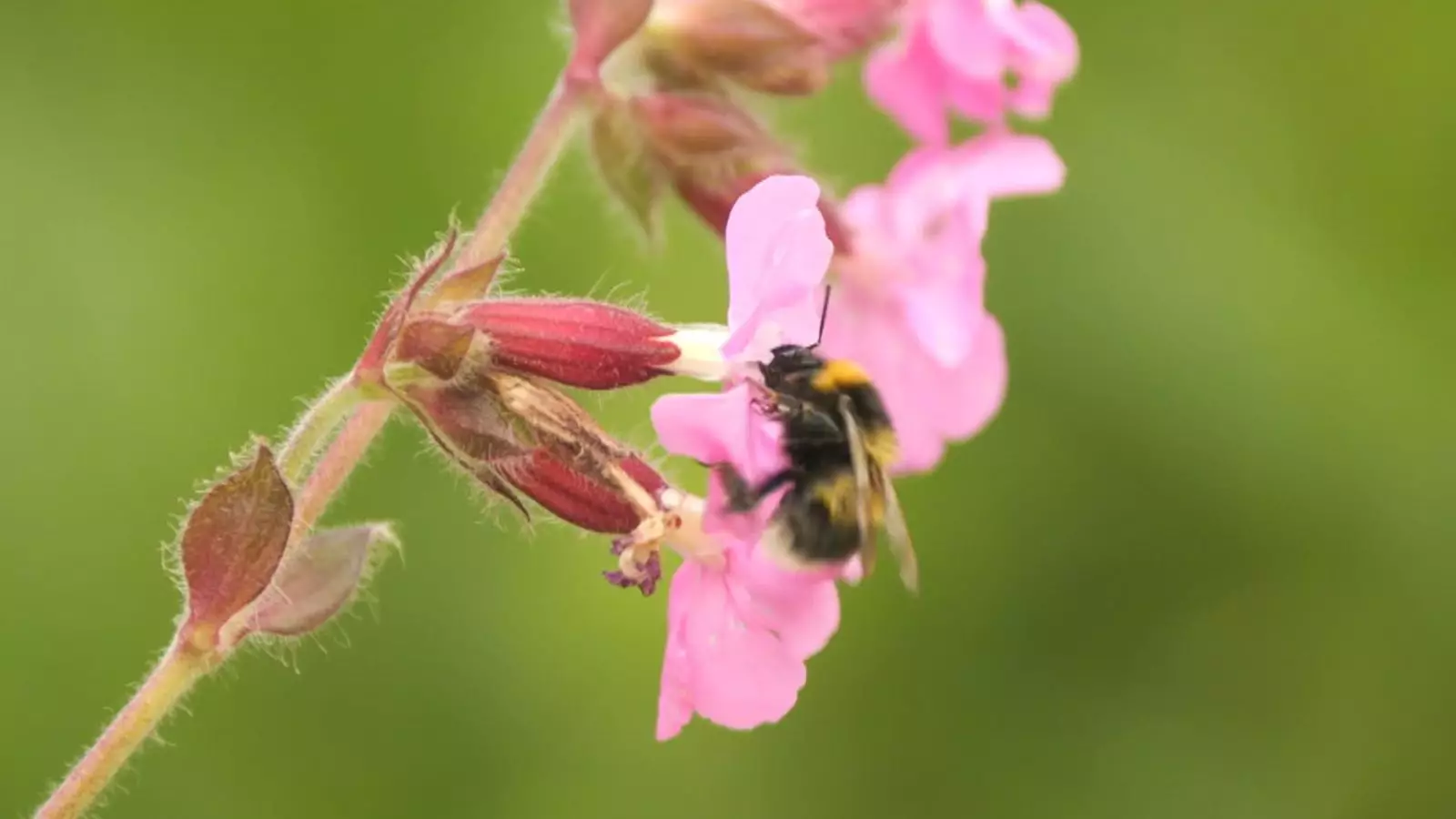In an era characterized by rapid environmental changes and relentless human expansion, the plight of pollinators, particularly bees, remains a distressing issue. Studies from renowned establishments like Kew Gardens highlight how bee populations are plummeting at an alarming rate, raising serious concerns regarding biodiversity and food security. The stark reality is that over 90% of our flowering plants rely on these tireless creatures for reproduction, yet their numbers in the UK have decreased by nearly 60% over the past two decades. This trend is not an isolated issue; it’s a systematic failure of our environmental policies and priorities, one that warrants immediate attention and action.
The multifaceted causes behind this crisis—habitat destruction, climate change, and pesticide use—are all symptoms of a broader malaise related to human activity. The increasing urbanization of landscapes, often considered progress, diminishes the habitats that bees depend on, effectively turning areas into ecological deserts. It is disheartening to witness such a significant drop in bee populations, representing not just a loss of species but a catastrophic blow to our ecosystems. Without these pollinators, we face not only reduced biodiversity but also threats to agricultural productivity, which should have society clamoring for solutions as if we were facing a war.
Innovative Research or Last-Ditch Effort?
At the forefront of the efforts to reverse this trend is research conducted at Wakehurst, Kew’s “Wild Botanic Garden.” Here, scientists are employing advanced bio-acoustic sensors to analyze which trees are most favored by bees. While some may view this initiative as a beacon of hope, it can also be considered a desperate measure in an increasingly urgent situation. The deployment of technology to catalog bee preferences feels like a band-aid solution on a gaping wound. This is not just about identifying the right trees; it’s about the larger picture—restoring entire ecosystems that have been ravaged by irresponsible policies and negligence.
Dr. Janine Griffiths-Lee leads this groundbreaking yet essential research, showcasing the urgency of the crisis. But how effective is merely mapping out favored trees when the larger context of environmental degradation looms overhead? It appears that the scientists are perhaps tackling the symptoms of a deeper problem rather than its roots. We might identify trees that attract bees, but what of the larger landscapes they inhabit? Simply planting a few select species won’t repair the overarching damage of climate change and habitat loss.
A Call for Holistic Urban Planning
As urbanization continues, the importance of sensible landscape architecture becomes increasingly paramount. The research from Kew Gardens aims to provide urban planners with tools to create more bee-friendly spaces. While this is commendable, the question remains: will this be enough? We need a paradigm shift in how we approach urban planning and environmental stewardship. Instead of viewing nature merely as a resource to exploit, we must reevaluate our priorities to cohabit sustainably with it.
The stakes have never been higher, as Susan Raikes aptly puts it. The dual threats of biodiversity loss and climate change cannot be adequately addressed through piecemeal projects that focus solely on immediate metrics like bee populations. Instead, a concerted, holistic approach is necessary—one that encompasses whole ecosystems and engages communities in ecological restoration. If we are to take meaningful steps toward preserving our pollinators, we must consider the fundamental relationship between all life forms and the broader environment.
Hope for the Future: A Shared Responsibility
The wake-up call is loud and clear: changes in climate and biodiversity represent existential threats that require collective action. The research being undertaken at Kew Gardens illustrates both a promising avenue to engage with these challenges and the urgent need for a shift in our mindset. By recognizing the interdependency of human activity and natural ecosystems, perhaps we can foster an environment that supports both economic growth and the richness of our planet’s biodiversity.
However, hope should come with a caveat. While scientific inquiry and urban planning provide critical insights, they are not silver bullets. The responsibility firmly lies with policymakers, citizens, and institutions to implement comprehensive strategies that prioritize holistic environmental health. If we fail to act on all fronts, our bees—and with them, the fabric of our ecosystems—will continue to vanish, leading society to an unthinkable and untenable future.


Leave a Reply